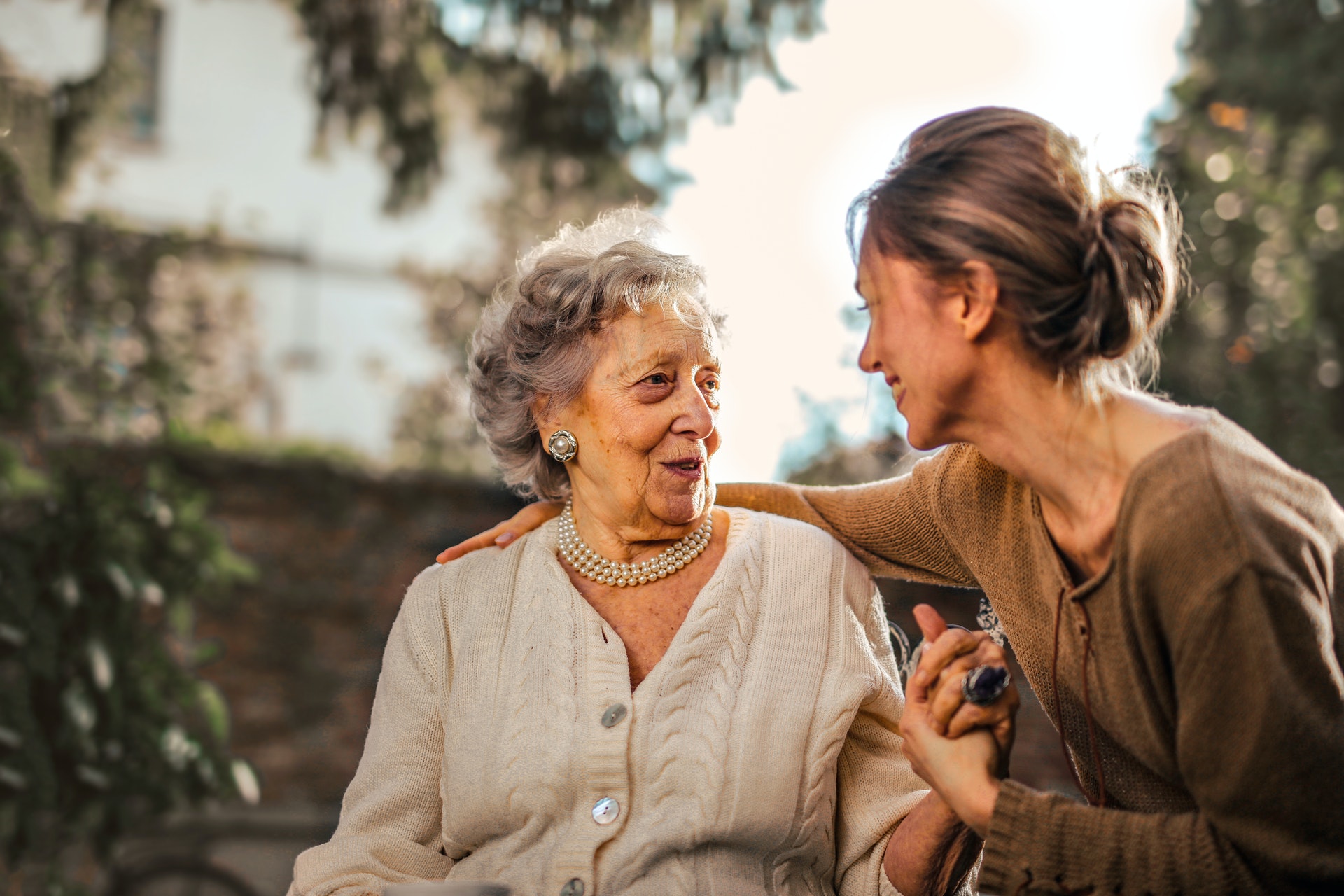What to do if you have a fall

If you have a fall in your home, it’s important to try and stay calm and check for any injuries, before following the steps below.
- If you’re not hurt and feel strong enough…
-
- Gently roll on to your side, before pushing yourself up on to your hands and knees.
- Crawl to a stable piece of furniture, such as a sturdy chair or bed and hold on with both hands, so you can better support yourself.
- Slowly slide or raise the foot of your strongest leg forward, so it’s flat on the floor.
- Lean forward and slowly push yourself up using your arms and front leg, until you are in a standing position.
- Turn yourself around, so you can sit down on the chair or bed and rest for a while, before carrying on with any other activities.
- Gently roll on to your side, before pushing yourself up on to your hands and knees.
- If you’re hurt or unable to get up…
-
- Use your lifeline alarm, if you have one.
- If you don’t have one, try to get someone's attention by calling out for help and banging on the wall, floor or radiator. If you can, crawl to a telephone and dial 999 for an ambulance.
- It’s important to stay warm, so try to reach something you can use to put over yourself, particularly your legs and feet, like a blanket, dressing gown or coat.
- Stay as comfortable as possible, but try to keep changing your position, at least once every 30 minutes or so. You can try rolling from side to side or moving your limbs, if the pain allows, as this will help keep you warm and maintain your circulation.
- If you’re able to reach a drink, it's important to keep drinking, so you stay hydrated.
- Use your lifeline alarm, if you have one.
Remember: If you’ve had a fall, always let your GP practice know, so they’re aware that this has happened. Your GP might ask you to make an appointment, so they can examine you and check your general health and any medication you may be taking.
Top tips!
If you have a fall, but can’t get up on to your hands and knees…
- Try bottom shuffling or rolling across to a low surface, like the sofa or bottom stair.
- To get up, sit with your back to the surface, put your arms behind you and place your hands on the surface.
- Push with your hands and feet, so you can lift your bottom up high enough to be able to sit down. If you’re using the stairs, make sure you move your bottom up to the second step, before trying to stand up.
It’s always best to plan ahead and prepare yourself and your home, just in case you do have a fall. It will help give you and your family peace of mind, knowing that you’re fully prepared…
- Make sure you look after yourself by being more active, eating well and staying hydrated. You can also use our checklists, to make your home and garden as fall proof as possible. These small steps and changes can help you lower your chance of having a fall. Find out more on our how to reduce your risk of falling page and staying safe in your home page.
- If you have a mobile or cordless phone, try to remember to carry it around the house with you, but ensure it’s charged and switched on. Programme the numbers for family, friends and neighbours into all your phones, especially the ones who live nearby and can help if you need them to.
- Place cushions, blankets and a bottle of water at floor level around your home. If you fall, you can then easily reach them to stay warm, comfortable and hydrated. Wherever you decide to place them, make sure it doesn’t become an additional trip hazard!
- If you don’t already have a lifeline alarm, consider getting one. All you’ll need to do is push the button and help will be on its way to you.
- Try practising getting up from the floor, so if you do have a fall, you know what to do and how to do it safely. Take a look at the RoSPA film to see how it’s done.
RoSPA how to get up safely after a fall film
